“Am I making enough milk for my baby?”
This is one of the most common questions new breastfeeding mums ask themselves, and it’s completely understandable. Breastfeeding can sometimes feel like a bit of a guessing game, especially when you can’t see how much milk your little one is actually taking in, as compared to bottle-feeding, where you can see every millilitre.
You might find yourself analysing every feed, every cry, every nappy, wondering if your baby is getting enough nourishment. In most cases, your body is doing exactly what your baby needs. But if you’re feeling unsure, you’re not alone. And the good news is, there are clear, reliable signs you can look for when assessing your milk supply.
In this guide, we’ll help you understand how breast milk production works, debunk the common myths, and offer practical, evidence-based advice on how to increase your milk supply.
How Milk Supply Works?
Milk supply runs on a supply-and-demand principle driven by hormonal signals and the baby’s feeding behaviour. When a baby nurses, it stimulates nerves in the nipple that send a message to the brain to release milk-producing hormones: prolactin and oxytocin. Prolactin causes the mammary alveoli to produce milk, while oxytocin helps release the milk from the breasts and into the nipple ducts (letdown reflex). [1]
Signs Your Milk Supply Might Be Decreasing
Lactation consultants and health professionals refer to the following key indicators of a low milk supply. Remember that one sign alone might not indicate that your milk supply is dropping, but it's worth paying closer attention when you notice a combination of these signs.
1. Insufficient Weight Gain
It’s normal for newborns to lose 7% to 8% of their birth weight in the first few days. Some even lose 10% or more before gradually regaining their birth weight within the first two weeks. [2] However, if your baby is not gaining weight as expected, it can be a sign that they are not getting enough milk. This can be due to various factors, such as a poor latch, infrequent feeding, or a naturally low milk supply.
At 0-3 months, your baby should be gaining 150-200 grams per week, and 100-150 grams per week at 3-6 months. [3] These are averages, and some fluctuations are normal, but a consistent pattern of slow weight gain is something that should be addressed.
2. Inadequate Nappy Output
If your baby isn’t producing the expected number of nappies for their age, it could indicate they’re not feeding effectively, or your milk supply may be low. Here’s what to expect:
-
1 to 2 wet nappies in the first 24 hours
-
2 to 4 wet nappies on the 2nd to 3rd day
-
4 to 6 wet nappies by the 4th day
-
5 or more wet nappies by the 5th day and onward
A “wet” nappy should feel heavy with urine, comparable to around three tablespoons of water or more. If the conditions above are not met, your baby might be dehydrated.
3. Signs of Dehydration
Dehydration can be a serious problem in newborns, and prompt medical attention is essential to prevent complications. If you notice any of these signs, call your paediatrician immediately:
Mild to Moderate Dehydration:
-
Inadequate nappy output
-
Parched, dry mouth
-
Sunken soft spot on the head of an infant or toddler
-
Loose stools (if dehydration is caused by diarrhoea), or decreased bowel movements (if it’s caused by lack of milk or fluid intake)
-
Fewer tears when crying
-
Lethargic behaviour
Severe Dehydration (in addition to the symptoms above):
-
Extreme fussiness
-
Excessive sleepiness
-
Sunken eyes
-
Cool, discoloured hands and feet
-
Wrinkled skin
-
Urinating only once or twice per day

4. Persistent Fussiness or Dissatisfaction After Feeds
It’s normal for babies to have fussy periods, especially during growth spurts. But if your baby seems unsatisfied after breastfeeding, pulls off repeatedly, or stays on the breast for long stretches without settling, it may signal a milk supply issue or a feeding difficulty.
5. Little or No Milk Leaking
When you start breastfeeding, your body adjusts to the new hormones, including oxytocin, which triggers the let-down action. These hormonal shifts can sometimes cause milk to leak even when you are not actively nursing. In some cases, the body also overproduces milk in the early weeks of breastfeeding while it’s figuring out how much the baby needs.
Many mums, however, never experience leaking, while others may only notice it during specific times (like during a feed or when hearing their baby cry). As your supply becomes more regulated and efficient, leakage often reduces or stops altogether. It’s not a reliable sign of low milk production and should not be a cause for concern unless accompanied by other indicators such as poor weight gain or low nappy output.
If you notice a combination of these signs, consult with your paediatrician or GP immediately to assess your baby’s feeding and growth patterns.
What Are Not the Signs of Low Milk Supply
Many common worries aren’t actually linked to low supply. Here, we’ll set the record straight and debunk some perceived (but not 100% accurate) signs your milk supply is decreasing:
1. The baby seems fussy or cries often
Babies cry for many reasons, not just hunger. It’s normal and should not be taken as an immediate concern.
2. Baby wants to feed frequently or cluster feeds
Totally normal, especially during growth spurts, evenings, or times of hunger. Cluster feeding also helps boost your milk production by triggering the body’s supply-and-demand mechanism.
3. Feedings seem shorter than before
As babies grow, they become more skilled at breastfeeding and can take in more milk in less time.
4. Breasts feel soft or less full
Over time, the body adjusts to the baby's needs and milk production stabilises. This might mean the breasts are no longer overly engorged, not because your milk supply is dropping.
5. You don't leak milk (or leak less)
Some mums never leak milk. It might just mean your milk supply is more regulated and efficient.
6. You don't feel a strong let-down sensation
Let-down reflex feels different for everyone. While some experience an intense sensation like tingling or fullness, others may not feel anything at all, and that’s normal.
7. Baby willingly takes a bottle after breastfeeding
The baby may develop a preference for the bottle if it’s introduced before breastfeeding is fully established. Some may also prefer the bottle due to quicker, more consistent milk flow compared to breastmilk. The World Health Organisation (WHO) recommends exclusive breastfeeding for infants for the first six months of life to promote optimal growth and health. [4]
8. You can't pump much milk
Many aspects affect pump output, such as breast stimulation, pumping frequency, flange size fit and pump function, as well as lifestyle and health factors. While pumping less milk might be one of the signs that your milk supply is decreasing, it is not an accurate measure and should not be taken as a lone indicator.
What Can Cause a Decrease in Milk Supply?
A dropping milk supply can be caused by one or a combination of hormonal and baby-related factors. Understanding the root cause of the problem can help you take accurate action.
 Issues with Baby's Feeding:
Issues with Baby's Feeding:
Sometimes, milk supply issues don’t begin with the breasts. They start with how the baby feeds. If the baby’s latch is poor, they may not draw out enough milk, which sends the body a signal to slow production. Sometimes, poor latch is caused by oral restrictions like tongue-tie or lip-tie. These conditions can limit a baby’s ability to create the suction needed for efficient milk transfer.
Additionally, sleepy or distracted feeding, particularly in the newborn phase, can lead to shorter and less effective nursing sessions. Babies who are premature, jaundiced, or simply sleepy may not nurse vigorously or frequently enough, which can cause a drop in supply over time. Gently encouraging more active feeding and seeking support early can help correct this pattern.
Feeding Management
Your approach to feeding, whether planned or spontaneous, can also affect milk production. Feeding on a strict schedule, rather than in response to your baby’s cues, may mean your baby isn’t nursing often enough to maintain a healthy supply. Breastfeeding works on a supply-and-demand basis, so the more often the breasts are emptied, the more your body is signalled to make.
Similarly, excessive use of bottles or dummies, especially in the early weeks, can discourage babies from breastfeeding fully. [4] If a dummy is used to soothe a hungry baby or bottles are used in place of feed, your body receives less feedback to make milk.
Unnecessary formula supplementation can also interfere with breastfeeding, particularly if it replaces regular feeds. While formula is sometimes medically necessary, routine milk top-ups without guidance can result in your body making less milk, as it assumes less is needed.
Maternal Factors
Hormonal imbalances, such as thyroid disorders or polycystic ovary syndrome (PCOS), can interfere with the hormones needed for milk production, particularly prolactin. If you have a history of these conditions or symptoms like fatigue, irregular periods, or weight changes, it’s important to speak with your GP.
If parts of the placenta are left behind in the uterus after birth (retained placental fragments), your body might struggle to start making milk properly. This happens in about 2 out of 100 births and causes delayed milk production due to the continued secretion of progesterone, a hormone that blocks the effects of prolactin. [5]
Certain medications, including hormonal contraceptives, some decongestants, and even some herbal supplements, can also affect lactation. Always check with a pharmacist or doctor before starting new medications while breastfeeding.
Lastly, stress, illness, fatigue, poor nutrition, and dehydration can contribute to a drop in supply. Your body needs rest, energy, and fluids to make milk effectively. It’s common for new mums to put their needs last, but taking care of yourself is essential for maintaining your supply.
How to Increase Milk Supply
If you're concerned about your dropping milk supply, don’t panic. Many mums find that a few simple adjustments can make a big difference. Here are evidence-based methods on how you can increase your milk supply:
Optimise Feeding:
You’ve learned that milk production works on a supply-and-demand basis, so what you can do is breastfeed more often and ensure efficient milk expression each session. Here’s how:
-
Ensure a deep, proper latch. A good latch allows your baby to breastfeed more effectively. Find a comfortable feeding position where your baby's mouth is wide open, their chin is pressed into your breast, and most of your areola (not just the nipple) is in their mouth. See the complete guide from the Australian Breastfeeding Association for a detailed look at encouraging a proper latch.
-
Feed on cue. Aim for 8–12 (or more) feeds every 24 hours, especially in the early weeks. Feeding when your baby shows early hunger signs (rooting, sucking on hands) is better than waiting for them to cry.
-
Offer both breasts. Start with one side and, once your baby slows down, offer the other. This maximises milk removal and signals your body to produce more.
-
Use breast compressions. Gently squeezing your breast while your baby feeds can help keep the milk flowing and encourage your baby to stay actively feeding.
-
Do lots of skin-to-skin contact. This boosts oxytocin, the hormone that supports let-down and bonding.
Consider Pumping (Strategically):
Pumping can help boost supply, especially if you're separated from your baby or need to increase stimulation.

-
Pump after feeding. Doing a short pumping session after breastfeeding tells your body that more milk is needed.
-
Try power pumping. This mimics cluster feeding and helps stimulate your breasts to produce more milk. Check out our complete guide on how to power pump to boost milk supply for the step-by-step process and tips.
-
Use the right equipment: Make sure your pump has adjustable suction and speed settings that can mimic your baby’s natural feeding rhythm. Mumilk’s electric breast pumps are designed with customisable settings to suit your comfort and maximise output. They’re also compact, quiet, and easy to use, perfect for busy mums who need efficient pumping sessions at home or on the go.
Prioritise Self-Care:
Milk supply can dip when you’re not feeling your best, so taking care of yourself matters too.
-
Rest when you can. Even short naps can help.
-
Stay hydrated and eat well. Drink plenty of water and choose balanced meals and snacks throughout the day.
-
Manage stress. Easier said than done, but try techniques like deep breathing, short walks, or reaching out to someone you trust.
Galactagogues (Use with Caution):
Some foods and herbs are thought to support milk production, but evidence is mixed, and they’re not a replacement for good feeding practices. Common galactagogues include fenugreek, blessed thistle, brewer’s yeast, and lactation cookies. Always check with your GP or lactation consultant before taking any supplements.
Domperidone is also a pharmacological galactagogue prescribed only when medically necessary. However, it’s important to note that studies have shown mixed results regarding its effectiveness, and it’s not suitable for all mothers. Domperidone should only be taken under the guidance of a healthcare provider, such as a GP or lactation consultant, who can assess whether the benefits outweigh the risks in your specific situation. [6]
Eat Healthy Foods to Increase Breastmilk Supply
Certain nutrient-rich foods can support your body while breastfeeding, such as whole grains, leafy greens, oats, nuts, and seeds. These foods help increase breastmilk supply by providing your body with the essential nutrients it needs to produce milk.
When and Where to Seek Help in Australia
You don’t have to figure this out alone. If you’re feeling overwhelmed, unsure where to start, or you’ve tried everything and your milk supply still seems low, support is available.
Who to Contact:
-
Your GP or paediatrician for medical advice and health checks for both you and your baby.
-
An International Board Certified Lactation Consultant (IBCLC) for expert breastfeeding support, especially if you suspect issues like latch problems or low milk transfer.
-
Maternal and Child Health Nurses (MCHNs), available through your local council, for regular check-ups and breastfeeding guidance.
-
The Australian Breastfeeding Association (ABA) Helpline at 1800 686 268 (available 24/7), staffed by trained volunteer counsellors.
When to Seek Help Urgently:
If you notice any of the following signs, seek medical or lactation support as soon as possible:
-
Your baby is not gaining weight or has lost more than 10% of their birth weight and hasn’t regained it by two weeks.
-
Dark, concentrated urine or orange-coloured crystals (urates) in your baby’s nappy beyond the first few days.
-
Signs of dehydration
-
You’re experiencing severe breast pain, cracked nipples that don’t heal, or signs of mastitis (e.g., fever, red/painful area on the breast)
Understanding the Signs Leads to Improved Breastfeeding Success
Not having enough milk to feed your little one could be distressing, but it’s essential to approach it with patience, resilience, and a willingness to adapt. Remember that you are not failing. You are doing your best. With the right information, help, and encouragement, you can ensure a more effective and comfortable breastfeeding experience to nourish your little one.
FAQs
1. Do soft breasts mean low milk supply?
No, soft breasts do not necessarily indicate low milk supply. As milk production adjusts to the baby's needs, breasts naturally become softer and less full.
2. How do I know if I have enough milk?
If your baby steadily gains weight after the first week, has at least 5–6 wet nappies per day, appears satisfied after most feeds, and is meeting their developmental milestones, chances are your milk supply is just fine. If you’re unsure, a lactation consultant or child health nurse can guide you through a simple feeding assessment.
3. What is the 3-month crisis?
Also known as a growth spurt or breastfeeding crisis, the 3-month crisis is a common period for babies to experience increased feeding demands and changes in their milk intake. This can cause mums to experience challenges in breastfeeding, such as a perceived decrease in milk supply or difficulty latching.
4. How do I know if my milk supply is drying up in 3 months?
If your milk supply is drying up, you might observe a decrease in your baby's wet and dirty diapers, a lack of weight gain or even weight loss, and signs of dehydration in your baby.
5. Can breast milk come back after drying up?
Yes. This process is called relactation, and involves stimulating the breasts through frequent hand expression or pumping, aiming for 8-12 times a day, including at night.
6. When is it too late to increase milk supply?
While milk supply tends to peak in the first 4-6 weeks, it can still be increased later with consistent efforts. Consistent milk expression through nursing or pumping is key, along with proper hydration and nutrition.



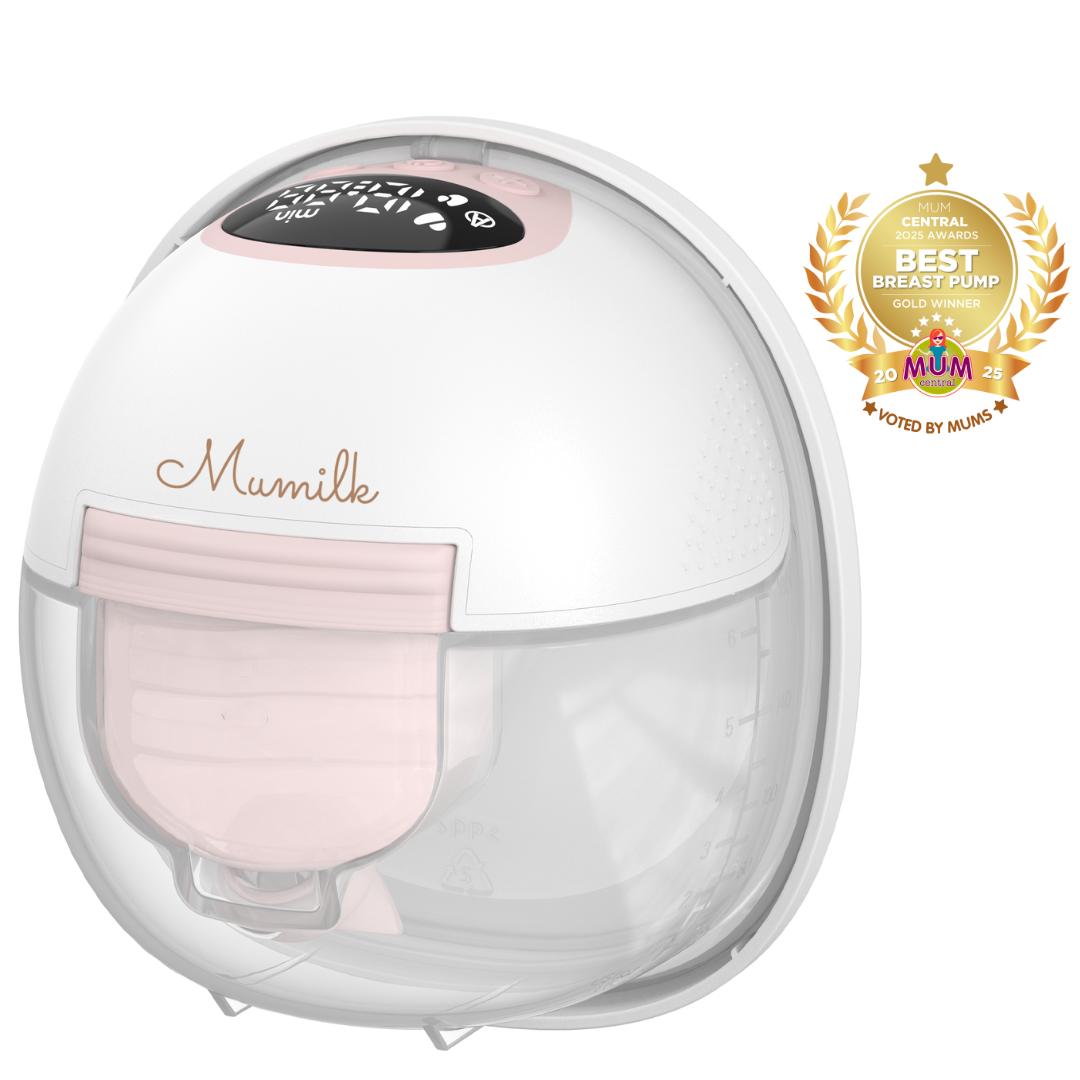
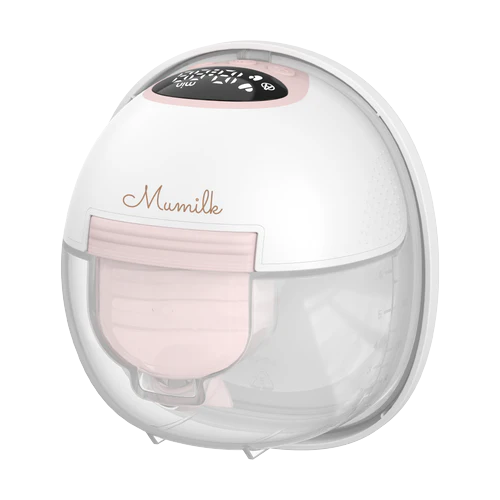
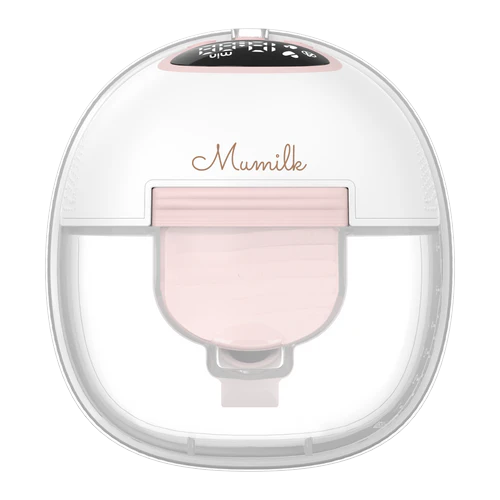
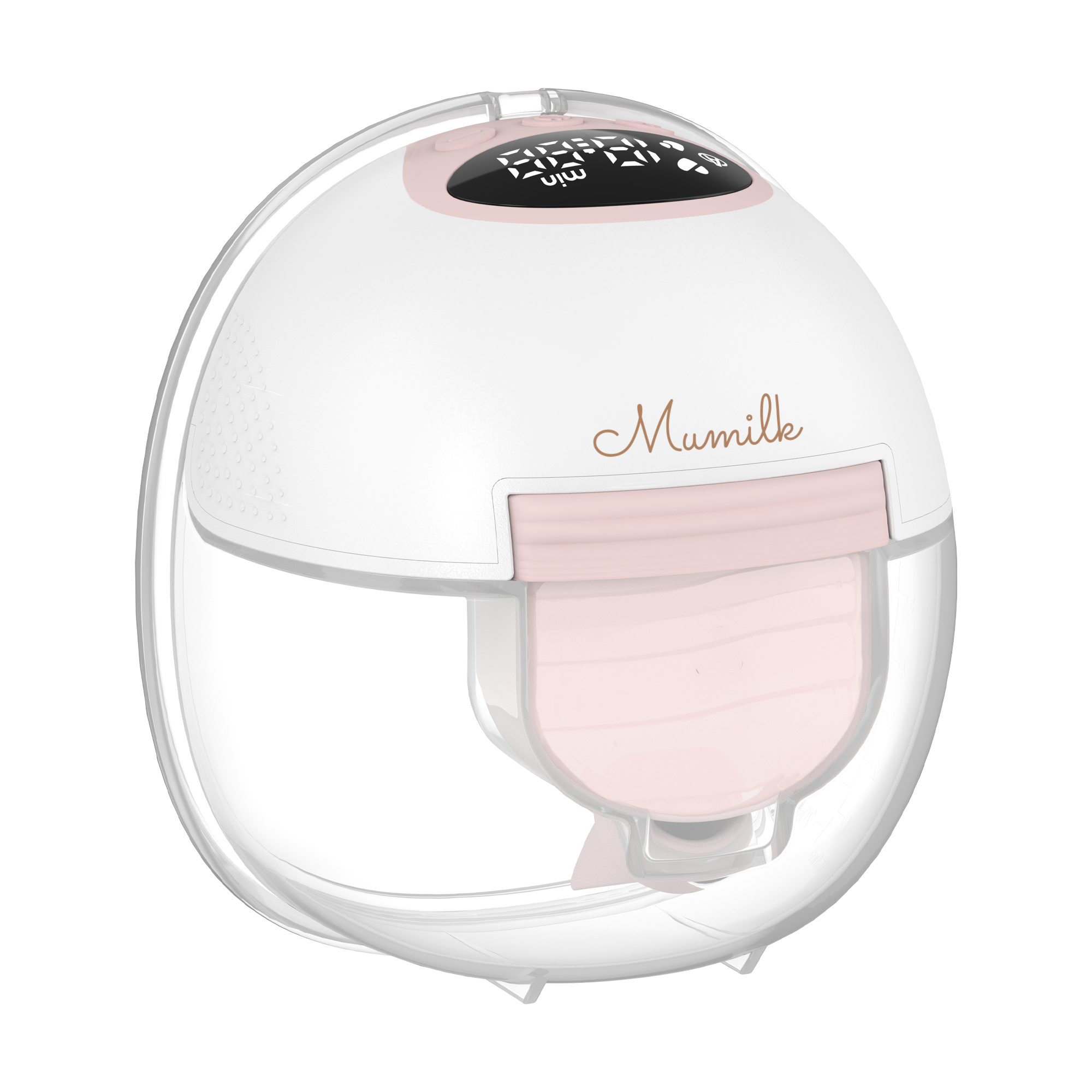




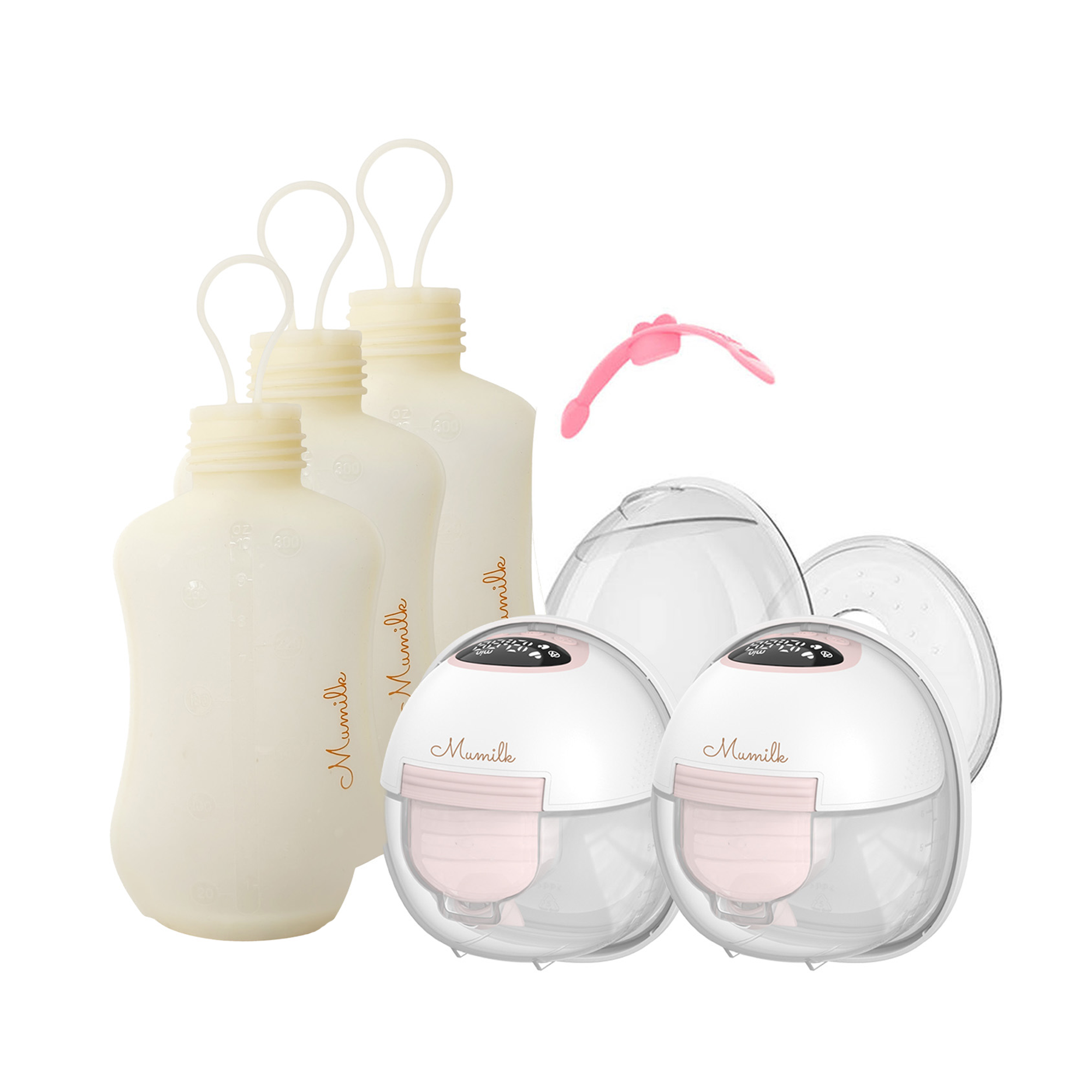
Share:
How to Clear a Blocked Milk Duct: Best Advice for Relief